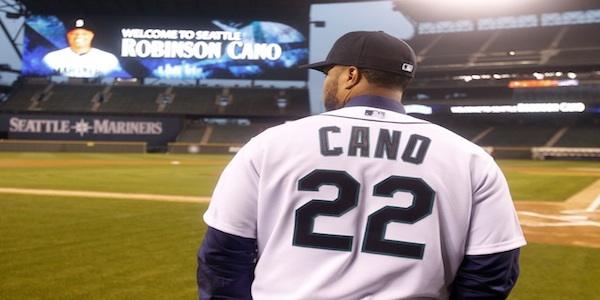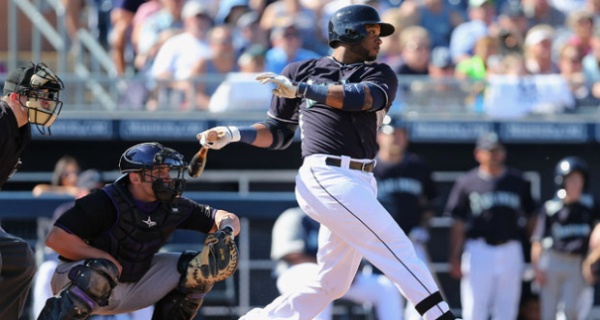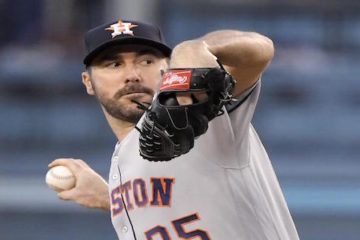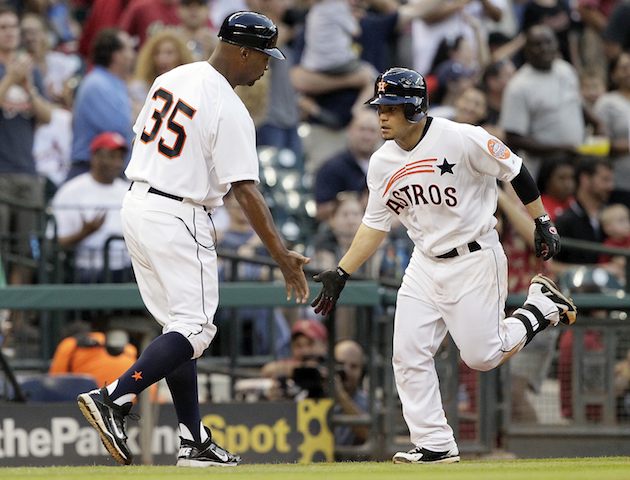2013 Fantasy Baseball, Plate Discipline: Second Basemen
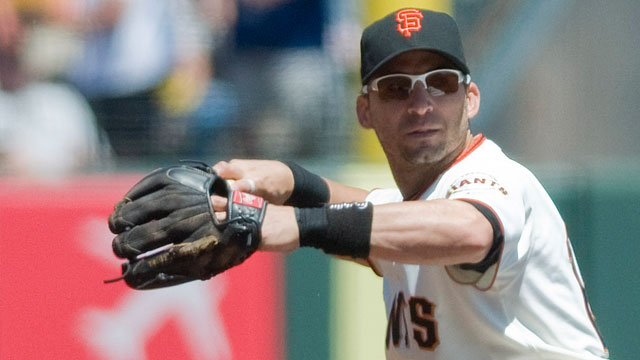
We are coming to another edition of the plate discipline series. The second base edition demonstrates the fluid nature of this entire series. First basemen seemed to struggle to make contact as a group, but the opposite will be true here. It is likely because first base is more of an all or nothing position where second basemen typically hit for less power.
When your game is built around speed you need to make more contact so you can get on base more often. Very few second basemen play the power game (Dan Uggla and Robinson Cano are notable exceptions) so the bell curve is a little skewed in this case when compared to the overall major league average. This is one reason why we go by positions in the first place.
Like with the last edition, we will highlight a few cases that deserve some special mention when it comes to your fantasy team. There are always some surprises when we look at the top and bottom of the proverbial lists. Let’s take a quick look at the top 15 guys.
|
SWSTR |
SO/BB |
SWB |
Contact |
|
| Marco Scutaro |
1.6 |
0.70 |
18.4 |
95.1 |
| Jeff Keppinger |
3.4 |
7.07 |
28.9 |
91.9 |
| Matt Carpenter |
3.8 |
1.20 |
23.5 |
90.6 |
| Eric Sogard |
4.0 |
1.71 |
28.6 |
90.6 |
| Dustin Ackley |
4.5 |
2.59 |
23.5 |
87.8 |
| Ian Kinsler |
4.5 |
1.33 |
25.9 |
89.4 |
| Chris Getz |
4.6 |
1.55 |
26.3 |
88.7 |
| Darwin Barney |
4.8 |
1.49 |
33.8 |
89.1 |
| Jose Altuve |
5.3 |
2.41 |
37.8 |
88.7 |
| Dustin Pedroia |
5.5 |
0.97 |
25.1 |
86.9 |
| Ben Zobrist |
5.6 |
1.14 |
23.0 |
85.0 |
| Daniel Murphy |
5.9 |
2.69 |
31.7 |
86.9 |
| Brian Dozier |
5.9 |
3.14 |
31.4 |
85.5 |
| Mark Ellis |
6.1 |
3.72 |
25.5 |
85.6 |
| Chase Utley |
6.3 |
1.51 |
25.9 |
84.3 |
Jeff Keppinger– Chicago White Sox
He began the season at third base and began as one of the bright spots of the offseason for the White Sox. No player lives by the BABIP more than Jeff Keppinger. He has the lowest walk rate at the position and doesn’t hit for a lot of power either. That means he is putting the ball in play and putting it in play a lot.
That can be really good when those balls are falling in for hits like they did last season. It isn’t so good when he’s hitting the ball at fielders like he is this season. However, he could be a really good add because he is one turn of luck away from putting up some really impressive numbers for the rest of the season.
Dustin Ackley– Seattle Mariners
He might be the most famous member of the Tacoma squad. Eric Wedge blamed his demise on sabermetrics when sabermetrics show his demotion might have been premature. The strikeout to walk ratio is not where you would want it to be, but he is clearly making contact and avoiding swinging at balls outside the zone.
Sabermetrics doesn’t cause failure or success. It simply measures it in a more systematic way. In this case, it measures what I would call process. The process shows that Ackley was not as bad as he seemed. He simply wasn’t getting the results to match his positive process. When he gets the call back I would expect more positive results.
Jose Altuve– Houston Astros
One of the things I like about sabermetrics is that they provide evidence for my hunches. Opponents of them think that seamheads (as some of us are called) rely on them because we do not have the instincts that traditionalists have. We have them, but we want to verify them. My instincts tell me that there is something missing in Altuve’s game despite all of the hype that surrounds him.
He makes contact more than the average second baseman and doesn’t swing and miss often. The problem is that he is still swinging at balls outside the zone. He swings at a much higher rate than any of the other top 15, so while he makes contact on those pitches, it renders him susceptible to slumps and gives him a low walk rate.
|
SWSTR |
SO/BB |
SWB |
Contact |
|
| Danny Espinosa |
16.2 |
11.71 |
42.7 |
70.0 |
| Dan Uggla |
13.4 |
2.27 |
20.5 |
64.6 |
| Ryan Flaherty |
12.9 |
3.48 |
36.4 |
73.0 |
| Jedd Gyorko |
11.3 |
2.72 |
30.2 |
75.9 |
| Howie Kendrick |
10.8 |
3.15 |
41.7 |
78.6 |
| Rickie Weeks |
10.5 |
2.38 |
21.5 |
73.2 |
| Derek Dietrich |
10.1 |
4.32 |
38.3 |
78.9 |
| Emilio Bonifacio |
10.0 |
7.42 |
35.7 |
78.9 |
| Brandon Phillips |
9.5 |
2.17 |
35.6 |
80.7 |
| Neil Walker |
9.4 |
1.86 |
31.6 |
78.8 |
| Kelly Johnson |
9.2 |
2.90 |
26.2 |
78.6 |
| Omar Infante |
8.0 |
1.76 |
29.6 |
82.3 |
| Jason Kipnis |
7.5 |
2.65 |
22.4 |
79.9 |
| Robinson Cano |
6.6 |
1.65 |
33.7 |
86.5 |
| Josh Rutledge |
6.5 |
2.09 |
28.0 |
85.1 |
Dan Uggla– Atlanta Braves
He has the lowest contact rate of all of the second baseman. It’s pretty safe to say that the deal with the Marlins for Uggla is a bust from the Braves perspective. What’s more troublesome is that he isn’t swinging at a hefty percentage of balls outside the zone. When you add that up you get the realization that he is swinging at missing at too many balls in the zone. That spells the beginning of the end for Uggla.
Howie Kendrick– Los Angeles Angels
Someone once opined that Howie Kendrick would win the AL batting crown someday. He is hitting well over .300 despite these numbers. His swing rate on balls outside the zone is the second highest at the position. When you swing at more than 40 percent of balls, your rate of success cannot possibly be enough to win you a batting title.
Robinson Cano– New York Yankees
When considering his place here we need to consider a couple of things. First, the mean amongst second baseman is skewed when compared to the big league average. Secondly, Cano is not a typical second baseman in terms of his style of hitting. If you compared him directly with first basemen we would find him near the top of that list.
If we can poke any holes in his game we would say that he swings at too many balls outside the zone. Still, his strikeout to walk ratio, contact rate, and swing and miss rate are still well above the big league average, so you’ll take the good with the bad if you are a Yankee fan.


